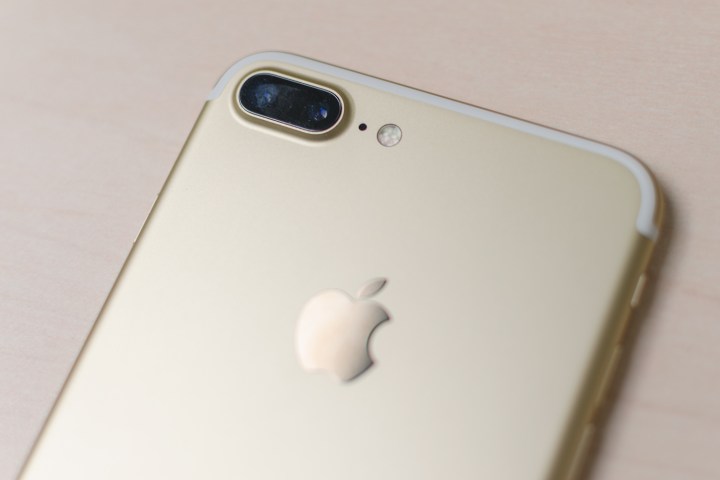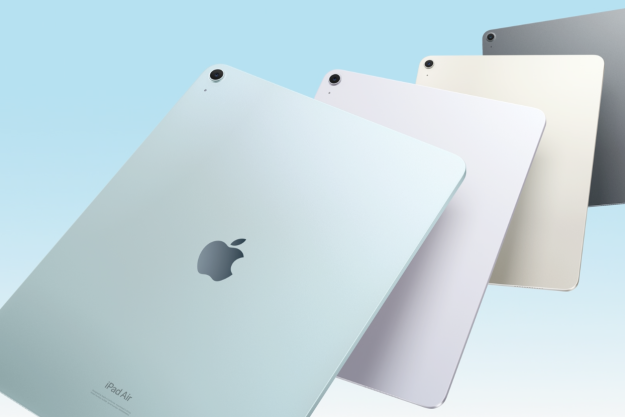
The patent itself was applied for in July 2014, and it envisions the use of a flexible OLED display that could itself fold in half, making the device look somewhat like the clamshell-type phones of yesteryear.
The patent goes into detail about how the device would work, butkeep in mind that just because Apple has been granted a patent, that doesn’t mean it will ever release the tech to the market. According to the patent, the device could be folded so that the two screen halves touch each other, or so that there’s half of the screen on either side of the outside of the device. More hinges could be implemented, too — so that it could fold into thirds or quarters instead of in half.

The patent isn’t just interesting because it shows a foldable phone — it’s also interesting because of the fact that the display is an OLED one. So far, the iPhone has stuck with an LCD display, although some expect that Apple will make the switch to OLED over the next few years.
However unlikely it is that we’ll see a flexible iPhone in the near future, it’s quite possible we’ll see a flexible device from another company. Samsung, for example, has been working on a flexible phone for some time now, and most recent rumors indicate that it will finally be released in 2017. LG is also rumored to be working on a flexible phone.
Editors' Recommendations
- Which iPads does the Apple Pencil Pro work with? Here’s the full list
- Apple apologizes for its controversial iPad Pro ad
- Apple made an outrageous change to its new iPads
- I don’t think Apple wants me to buy the new iPad Pro
- A big iPhone update is right around the corner


